
Hublot ambassador Maxime Plescia-Büchi. © Hublot SA
Hublot is celebrated for being the most pioneering and original brand in the world of haute horlogerie. The first watch brand to sponsor international football, the first watch company to make an all-black watch with black dial, numbers and hands, the company famously mixes precious and base metals and materials in its timepieces, and counts sports stars and athletes on its roster of fans. Its partnership with London-based Swiss tattoo haute artiste Maxime Plescia-Büchi takes luxury to a different dimension, as Millie Walton discovers through a conversation with CEO Ricardo Guadalupe
Next year Hublot will celebrate its fortieth anniversary. In the world of Swiss watches, that roughly equates to early adolescence, but, as Hublot’s chief executive Ricardo Guadalupe assures me, “You can be young and have success”. This, in fact, neatly sums up the brand’s aspirational ethos and hugely successful marketing strategy. Through select partnerships with the likes of Usain Bolt, Richard Orlinski, DJ Snake and Maria Höfl-Riesch, the brand has developed its own culture encompassing everything from music, sport, cars and contemporary art to luxury destinations such as Courchevel, Zermatt, Saint-Tropez and Mykonos. The idea is, as Guadalupe puts it, “to create a universe of Hublot”.
Follow LUX on Instagram: luxthemagazine
Today, the brand has 4.8 million followers on Instagram, which is not only reflective of their young consumer base – 60 per cent of Hublot’s customers are aged between 20 and 40 years old – but also the changing nature of luxury itself. “The young generation don’t have in mind which are the standard brands of [the luxury] industry. When you’re older, you’re less likely to move to another brand, your choices are already made,” explains Guadalupe. “That’s why we speak to very young consumers, as young as fifteen. We want them to one day dream of getting a Hublot watch.”

The Big Bang Sang Bleu II in titanium pavé
This forward-thinking approach is most clearly demonstrated in Hublot’s choice of collaborations and specifically, the brand’s decision to associate with the art world and notable figures from contemporary urban culture such as renowned tattoo artist and designer Maxime Plescia-Büchi who has now been collaborating with the brand for just over four years. “I think they really took a chance on me at every level,” says Plescia-Büchi, but as a Swiss national, watches were already an integral part of the designer’s identity well before Hublot came along. He recalls flicking through adverts for early luxury sports watches in his collection of vintage National Geographic magazines and even once interviewed Jean-Claude Biver (the former president of LVMH Watches and chairman of Hublot) for an issue of a magazine that he was then running. Nevertheless, receiving an invitation to design the iconic Big Bang must have been exciting.

Plescia-Büchi at work on the Big Bang Sang Bleu
“I prepared some quite radical designs alongside some more conservative options,” says Plescia-Büchi, reflecting on the design process of his first timepiece, the Big Bang Sang Bleu. ‘To [Hublot’s] credit, it was 100 per cent their decision to go with the weirder one.” With a few adjustments – “we had a lot to do in terms of translating how to make [the 2D design] into a watch” – the timepiece launched in 2016 with an initial run of 200 pieces. Crafted largely from glass and titanium, the Big Bang Sang Bleu was a celebration of pure form and geometry, taking influences from architecture, philosophy and Plescia-Büchi’s own tattoo designs. The original idea was to feature the geometric pattern printed onto the watch face with the hands on top, but the designer envisioned more depth and suggested using the shapes as the hands themselves. Given the delicate art of watchmaking, the final version, which features three octagonal discs instead of hands to indicate the hours and minutes, is a huge achievement. “Seeing the watch finished,” Plescia-Büchi admits, “was the closest thing to having a child.”
Read more: Princess Yachts CEO Antony Sheriff on a new generation of yachting
Hublot’s collaborators, unlike with a lot of brands, work with the watchmaker on an ongoing basis, thus becoming an integral part of the brand’s identity. For the Big Bang Sang Bleu II, which was released at the end of 2019, for example, Plescia-Büchi refined the original design to create a more three-dimensional case and inverted the facets to restore Hublot’s iconic porthole shape. “It’s about combining my DNA and Hublot’s DNA to create something new that is also true and faithful to both of the origins,” says Plescia-Büchi. “Something that I find extremely pleasant is that when you’re designing watches you work over many years on slow incremental changes, which is actually quite akin to designing tattoos. You get time to continue improving the design, which is different from designing fashion, for example, because you have a quicker turnover. You can come up with something crazy and the next season, people will have already forgotten.”

The Big Bang Sang Bleu II in gold
The designer was, in fact, approached by another watch brand before Hublot but declined the opportunity: “It wasn’t the level of prestige where I thought I could be”. Though fifteen years ago, Hublot might not have made the cut. Success truly came from the brand when they started “to connect tradition and innovation,” explains Guadalupe, a concept that is at the heart of Hublot’s universe and rooted in a deep understanding of their consumers’ expectations and lifestyles. “The young generation in particular are looking for something iconic with a strong personality and identity,” says Guadalupe. “For men, especially, a watch is the main way to really differentiate yourself, it expresses who you are.” Part of the appeal of buying a Hublot watch is gaining access to the ‘family’ and all the perks that come with it. Football-loving collectors, for example, are invited to all of the games at Chelsea FC with whom Hublot has an ongoing partnership. Indeed, Hublot was the first luxury watch brand to ever support football, again demonstrating a deep understanding of consumer culture as well as a highly innovative marketing strategy. Since 2008, the brand has been the official timekeeper of all of the UEFA men’s European Championships as well as the FIFA World Cup since 2010, and this year, marks the beginning of the brand’s relationship with UEFA’s women’s football.
When it comes to women’s watches, Hublot is still developing – the brand sells only 25 per cent to women – but their approach is unique in the sense that their designs differ very little for the female audience. With the Sang Bleu timepieces, for example, the ladies’ versions are embellished with diamonds, but otherwise remain the same. Look for a women’s collection on the Hublot website and you won’t find it; the watches are listed only by their collection. “It’s no longer men who buy watches for women as gifts. Women decide to buy whatever they want,” says Guadalupe.
Hublot x Women’s Football
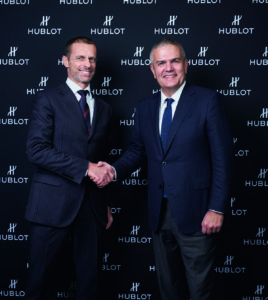
Aleksander Ceferin, UEFA President & Ricardo Guadalupe, Hublot’s CEO
Over the past few years, women’s football has increased significantly in popularity with US-based data company Nielsen revealing that approximately 314 million people are now interested in the game. It is perhaps no surprise then, that Hublot recently announced its support, becoming the Official Partner of the Women’s EURO 2021. “In the end [football] talks to the consumer. It doesn’t matter that not everyone can afford to buy a luxury watch, if they know Hublot is a watch that’s positive,” says Ricardo Guadalupe. But the partnership works both ways. As Guy-Laurent Epstein, Marketing Director of UEFA Events SA, puts it, Hublot’s presence as a world-famous brand is “proof women’s football can be supported on its own merits”.
Find out more: hublot.com
This article was originally published in the Summer 2020 Issue.





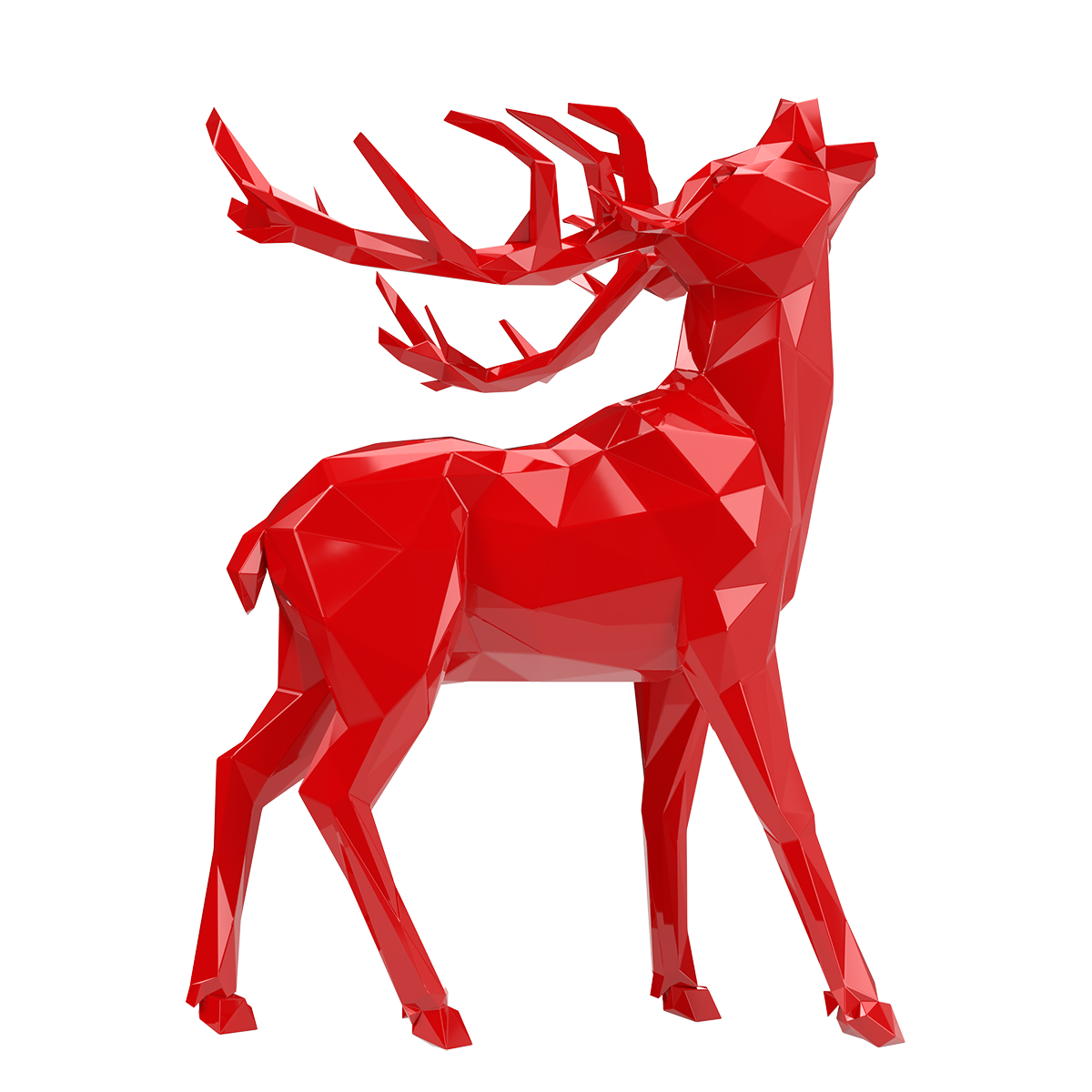



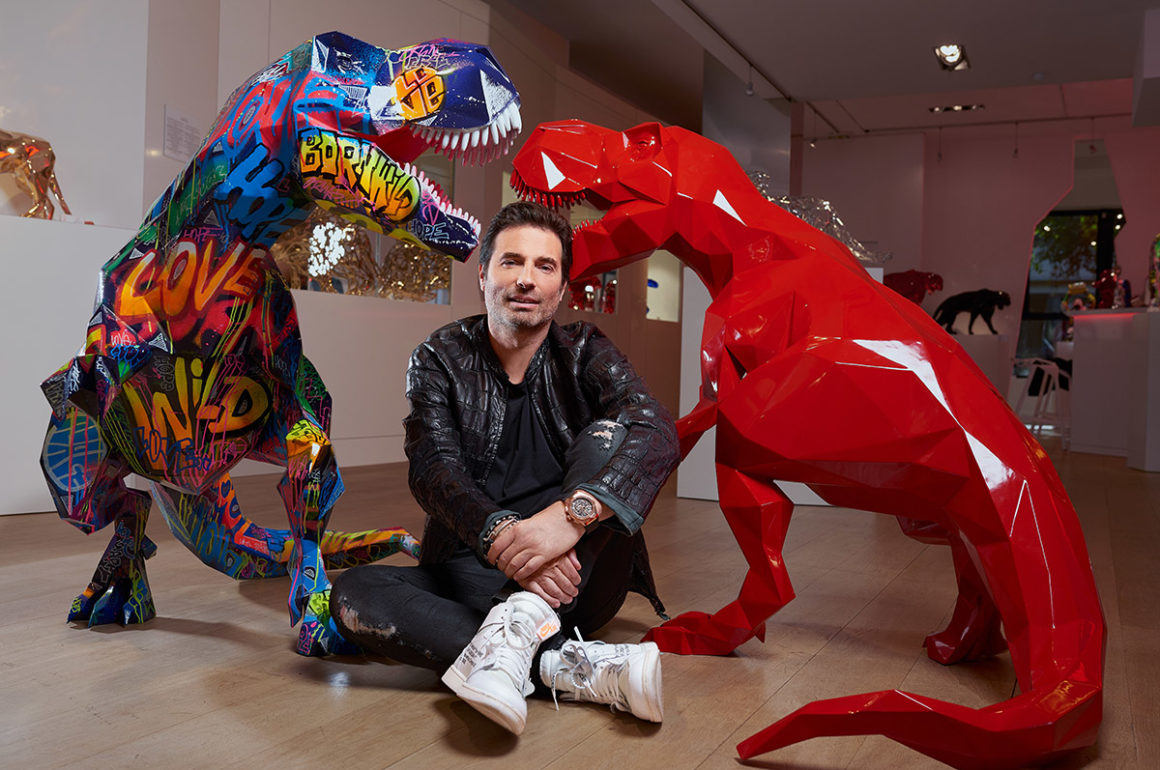


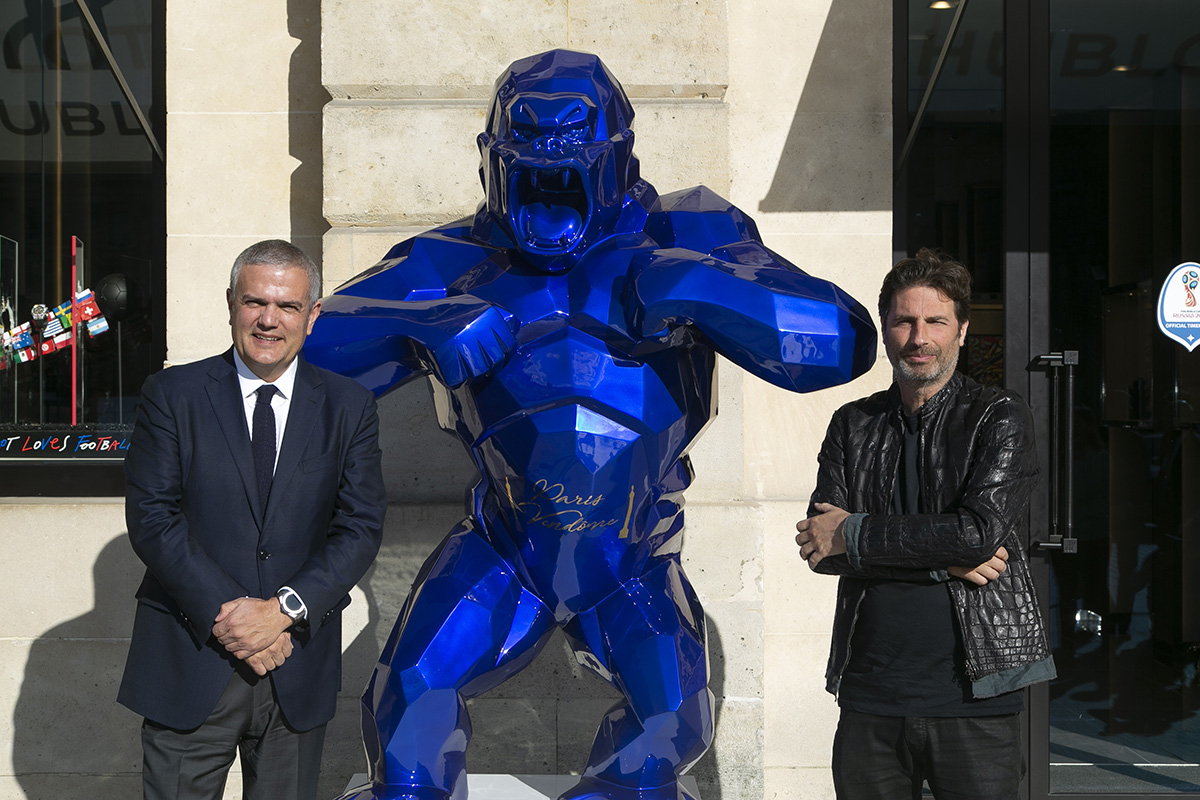
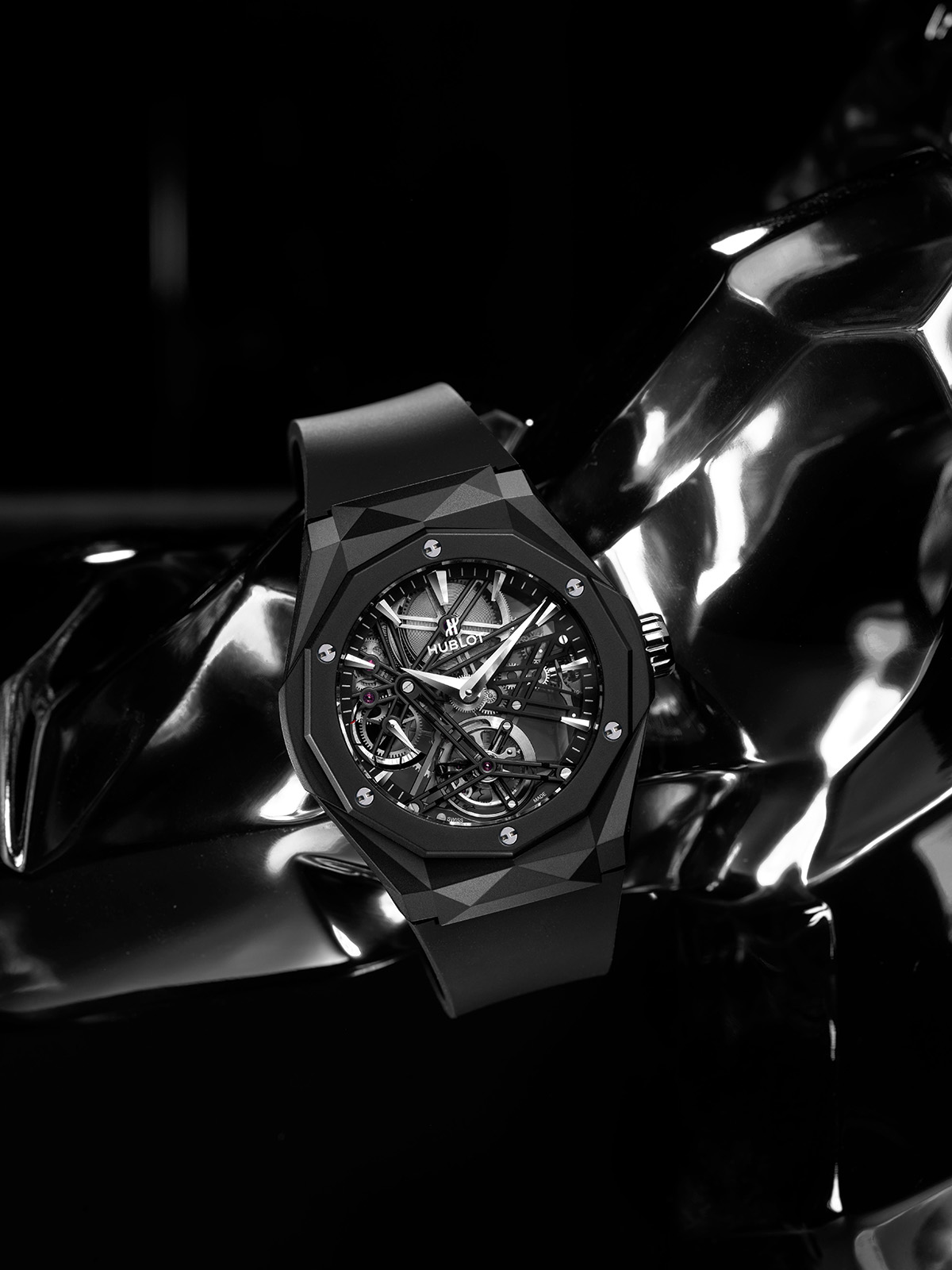







Recent Comments